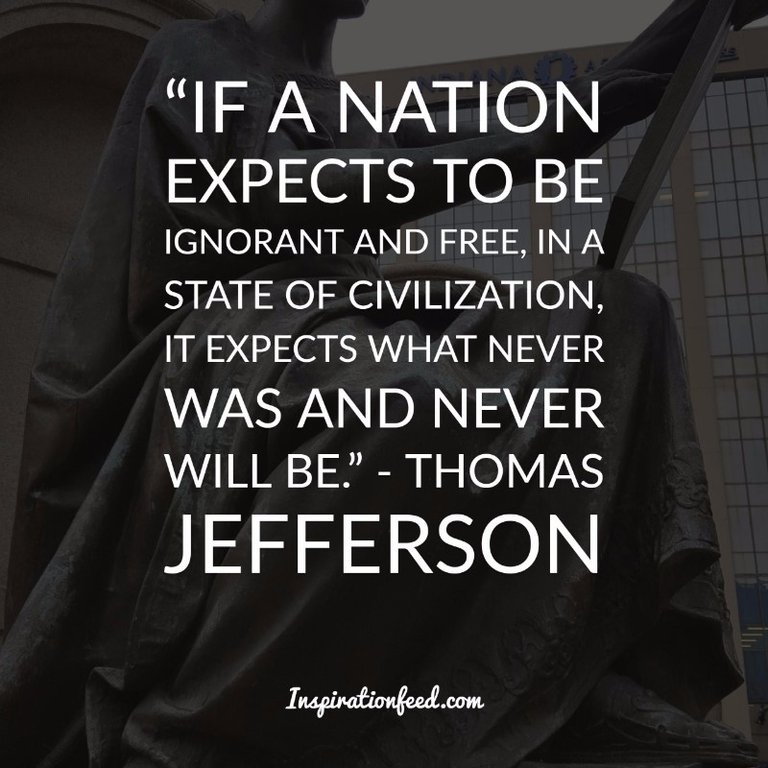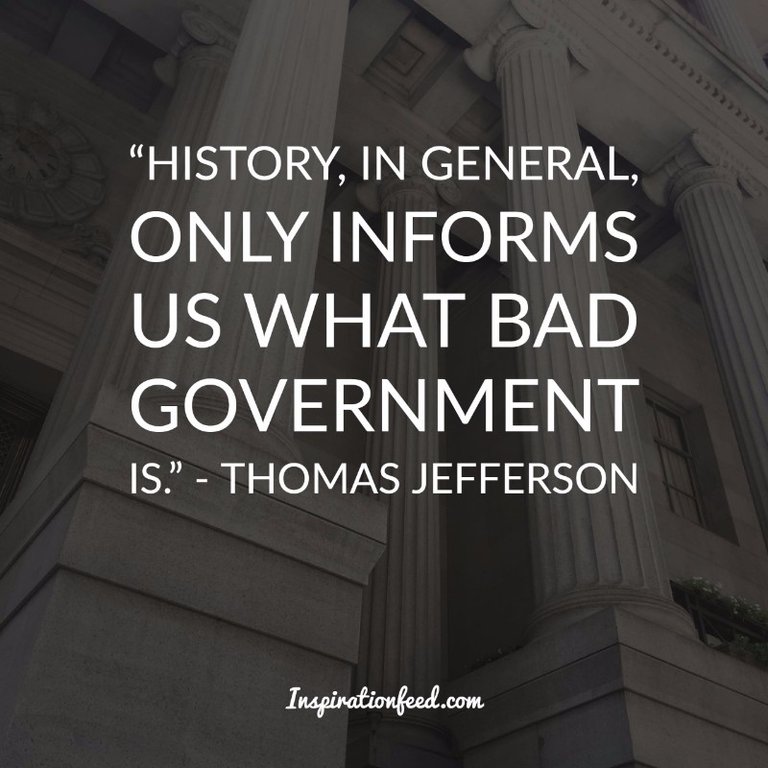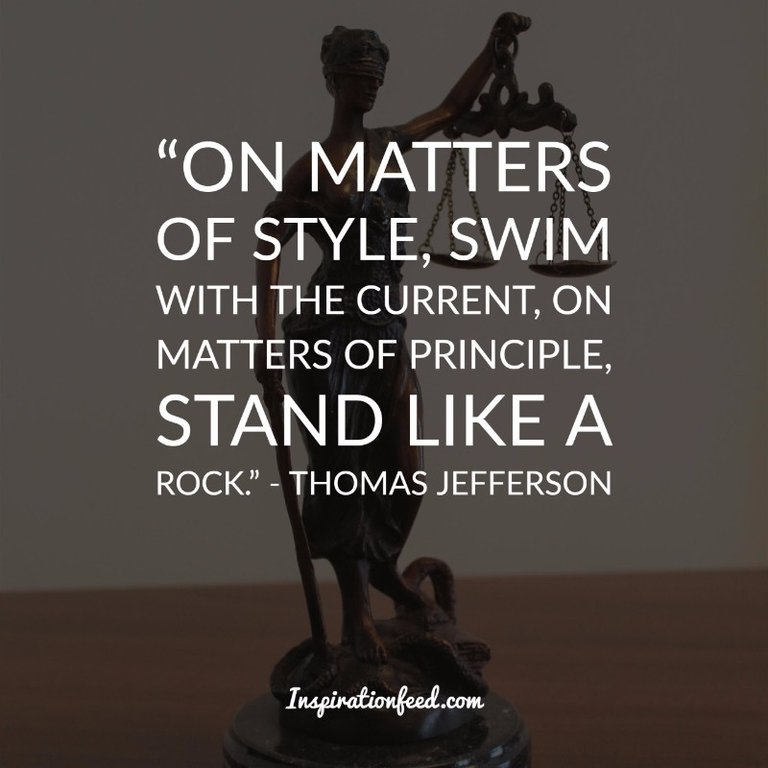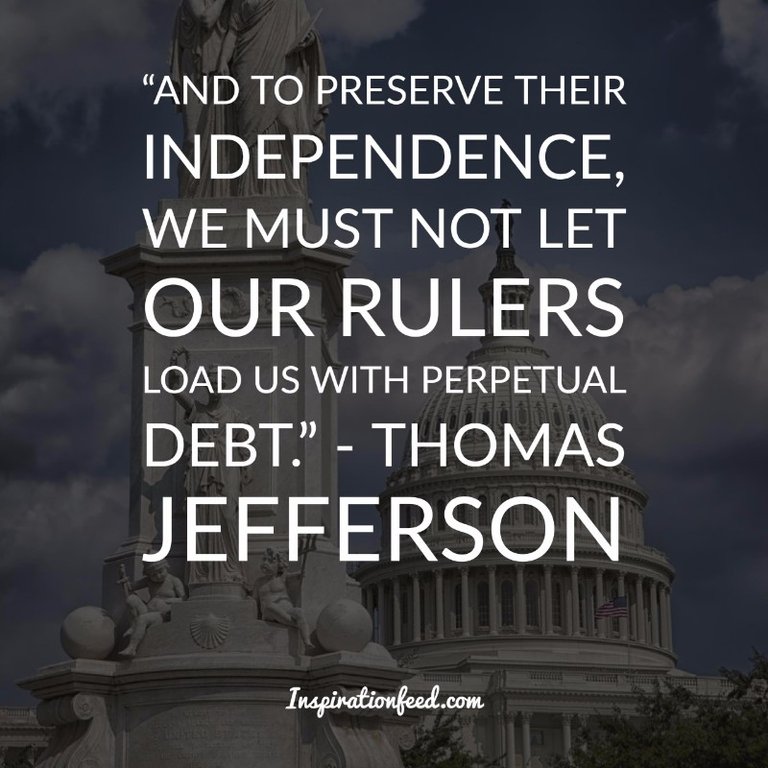American Founding Father Thomas Jefferson was among the key people who would later write the mission statement for a revolution and a new nation. Aside from becoming the third United States President, he was also involved in the Lewis and Clark expedition, created assimilation policies with American Indians, and help found the University of Virginia.
Many can learn from Thomas Jefferson and his many interests. Here are just some key facts about one of the men behind the Declaration of Independence.
Thomas Jefferson: Early Years, the American Revolution, and Presidency

Thomas Jefferson was born on April 13, 1743, at Shadwell near present-day Charlottesville, Virginia. His father was Peter Jefferson, a planter and surveyor; his mother was Jane Randolph, daughter of a prominent Virginia family.
Even as a young child, Jefferson showed tremendous enthusiasm for learning. He enjoyed studying for hours on end, and then playing the violin for more hours afterward. He would later work as a lawyer after learning law from an esteemed Virginia attorney.
When his father died, Thomas Jefferson assumed the Shadwell property and prepared it for his “Monticello” – an elegant brick mansion he designed in great detail. When he turned 29, he married his third cousin Martha Wayles Skelton. They moved to the Monticello where they had six children, only two of which would survive into adulthood.
As a gifted writer, Thomas Jefferson was asked to draft the Declaration of Independence in 1775 as a selected delegate to the Second Continental Congress. From 1779 to 1781 he served as governor of Virginia, and succeed Benjamin Franklin as U.S. minister to France in 1785.
Jefferson wouldn’t run for presidency until 1796, against John Adams. Adams got the most votes then, making Jefferson vice president. He tried again in 1800 – this time with the House of Representatives breaking the tie between him and Aaron Burr. Thomas Jefferson was sworn into office on March 4, 1801.
During his inauguration, he broke tradition by walking to and from the ceremony instead of riding in a horse-drawn carriage. One of the first – and most significant – things Jefferson did during his term was the purchase of the Louisiana Territory from France.
Thomas Jefferson ran for a second term in 1804, but received negativity from his execution of the Embargo Act (the closing of U.S. ports to foreign trade). He decided not to run for a third term and instead spent his remaining years at the Monticello.
The Legacy of Thomas Jefferson

Despite his many contributions to society, one of the contradictory issues in his life was slavery. While Jefferson believed in “equality for all”, he himself owned more or less 600 slaves during his lifetime. Historians wrote of his benevolence towards his slaves (i.e. giving them log cabins as quarters, allowing them longer holiday periods, etc.), but he freed only a small portion of them in his will.
Thomas Jefferson died on his beloved Monticello on July 4, 1826 - exactly on the 50th anniversary of the signing of the Declaration of Independence. He was also buried there. Monticello has been open for public viewing and tours since 1954.
Jefferson’s contributions to the freedom enjoyed by the people of the United States are unquestionable. Learn of more of his values from these inspiring Thomas Jefferson quotes and letters.
Inspirational Thomas Jefferson Quotes






























Hi! I am a robot. I just upvoted you! I found similar content that readers might be interested in:
http://inspirationfeed.com/thomas-jefferson-quotes/